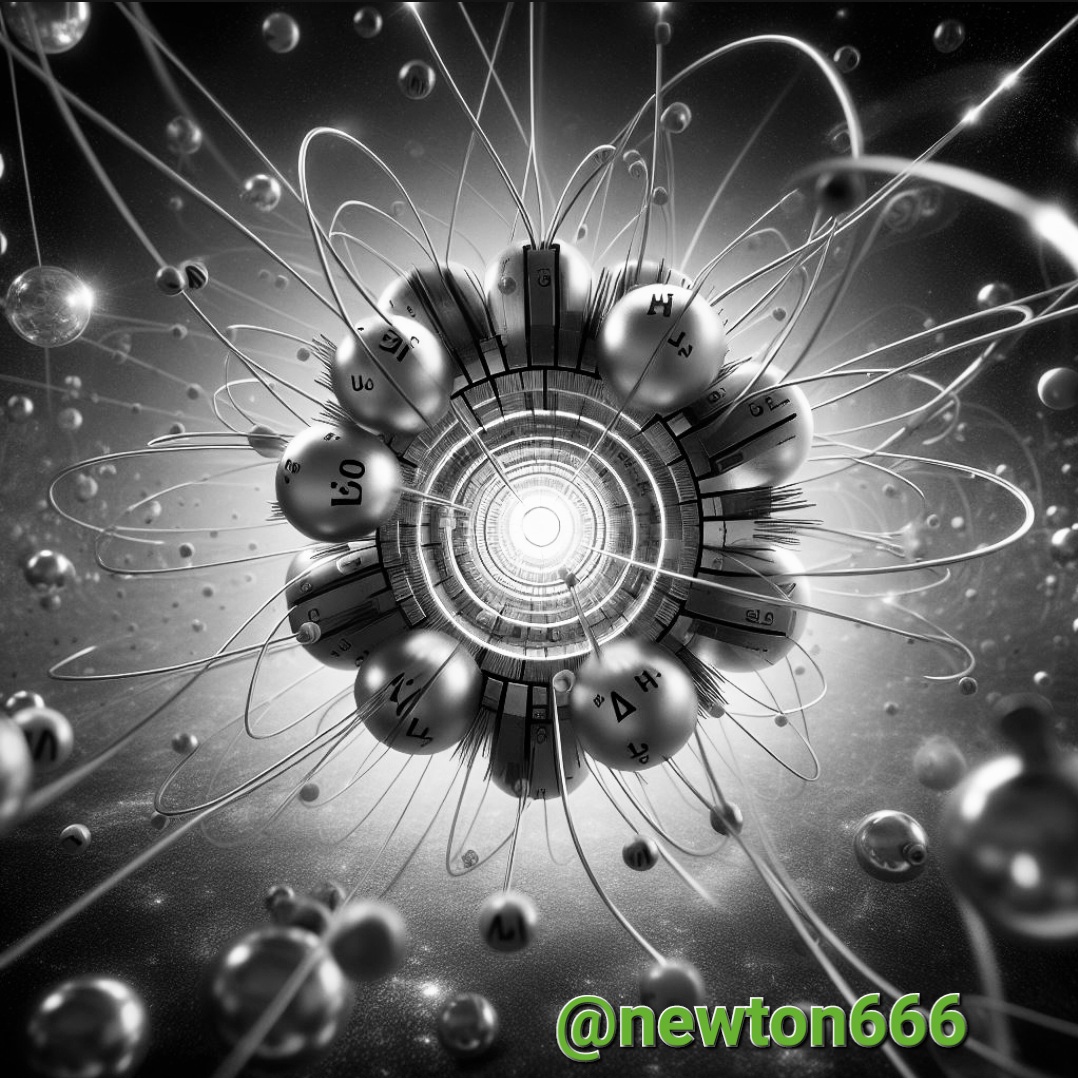The science contained in Magnetic Moments

In the standard model of particle physics, elementary particles such as electrons and quarks have magnetic moments associated with their spin states, inversion is an important internal property, along with the magnetic moment, that determines how these particles
interact with a external magnetic field. The relationship between magnetic moment and spin is measured by the gyromagnetic factor.
For an electron, the factor is approximately 2, meaning that its magnetic moment is proportional to its spin. However, for other particles, such as quarks, the gyromagnetic properties may be different, reflecting the complexity of the underlying interactions.
MRI also plays an important role in conditions such as magnetic resonance imaging (MRI), a technique used in medicine to obtain detailed images of the inside of the body. In this case, the magnetic moments of the atomic nuclei are manipulated by an external magnetic field to produce photons.
Furthermore, knowledge of magnetic moments is important for studying charged particles in particle accelerators. By manipulating the trajectories of these particles under the influence of a magnetic field, their charge and mass can be precisely determined. Magnetic moments in elementary particles are fundamental to our understanding of particle physics and have implications in fields such as medicine.
Continued research in this area is critical to unlocking the deepest mysteries about the original nature of the universe.
The magnetic moments of elementary particles are described by the general equation of the magnetic moment μ in terms of their spin S and the gyromagnetic factor g:
μ = g⋅ e⋅ℏ/2m ⋅S
Where:
- μ is the magnetic moment.
- e is the elementary charge.
- ℏ is the reduced Planck constant.
- m is the mass of the particle.
- S is the spin of the particle.
- g is the gyromagnetic factor, which can vary for different particles.
For electrons, the typical value of g is close to 2, and for other particles, such as quarks, g can have different values. The relationship between magnetic moment and spin is a consequence of the quantum nature of these particles.
This equation provides a quantitative description of how particles respond to external magnetic fields and how this response is related to their fundamental properties. Understanding these equations is essential for theoretical and experimental interpretation in the field of particle physics.
Bibliographic reference
Physics for Science and Technology Volume 2, Part 1 by Paul Allen Tipler, Gene Mosca, 2005.
Materials Science and Engineering by William D. Callister, David G, Rethwisch, 2019.